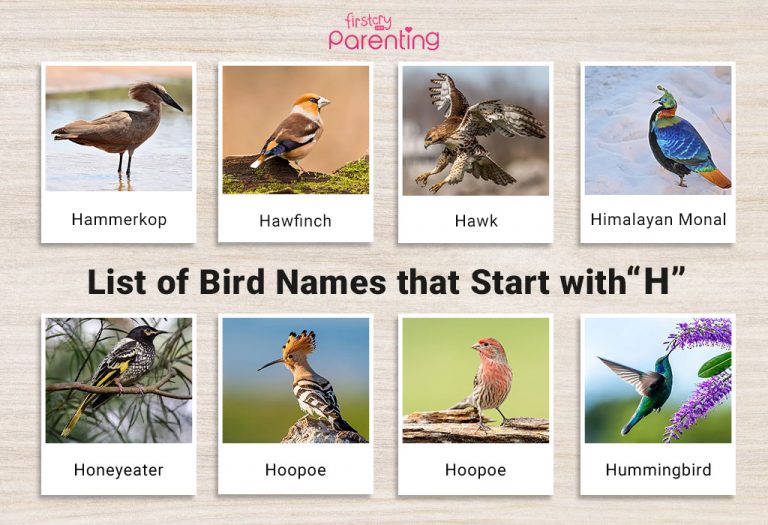The Right Way To Give Feedback to Preschoolers
It’s very important to understand how to give effective feedback to children so they get on the right track to promoting self-development. Unlike giving negative feedback, there are definite results when parents and teachers give positive feedback to children.
Numerous researches have proved that meaningful and positive feedback can enhance learning and improve preschoolers’ scores and achievements (1). Negative feedback, on the other hand, can be counterproductive. If you’re a mum to a preschooler or a toddler who’s soon to be one, you need to know how to provide feedback that increases motivation. An effective communication and good feedback sessions will play critical roles in helping kids perform at their peak.
Why Is Feedback Important for Your Child?
Feedback plays a crucial role in a child’s development. Below are a few benefits of providing feedback to your child (4):
- It helps children understand what they are doing well and where to improve.
- Positive reinforcement encourages children to keep trying and boosts their self-esteem.
- Feedback helps children take responsibility for their actions and decisions.
- Constructive feedback teaches children that mistakes are a natural part of learning.
Tips and Tricks for Providing Positive Feedback for Kids
Here are a few tips and tricks to ensure your feedback is effective, encouraging, and supportive (2):
1. Be Specific
It’s important to be specific in the feedback that you give your child. Just saying ‘Good job’ does not suffice, nor does ‘You could have done better’. You must give specific feedback on what was right and what was wrong. Saying, ‘I liked the way you helped your little brother get dressed’ or ‘I like it when you greet guests politely’ will elicit more of a response.
2. Be on Time
When feedback reaches a child on time, he will respond positively and remember the experience and what he learnt. If there’s too much of a time lapse between the activity/action and the feedback, it’ll just lose relevance. Give feedback as soon as possible after an action has been taken.
3. Be Sensitive
Feedback is mainly meant for the receiver, not the giver, so be sensitive to the impact of what you say. Keep in mind the individuality of kids while giving feedback to children. No two preschoolers are the same; you must consider this while giving feedback. You need to balance the two aspects– not hurting your child’s sentiments and giving proper encouragement!
4. Avoid a Message Overload
Don’t cite too many activities/actions when giving feedback. Focus on just 1 or 2 things at a time. Likewise, don’t give too much feedback at any one time. If you do, it’ll dilute the effect of all the feedback you’ve given, leaving your child confused and unsure of what you said. Try to give feedback after each action/activity has been performed.
5. Encourage Self-Reflection
Ask your child to reflect on their efforts by asking questions like, “What do you think went well?” This will help them develop self-awareness and promote independent thinking. It will also allow them to take ownership of their learning and growth (5).
6. Keep It Private
Keep the feedback session one-on-one. It will help your child ask questions, and he’ll also understand the importance of individual attention. Don’t prolong the meeting. You don’t want the message diluted by the time the session ends.
7. Ask for Feedback too
It’s important that your child also feels capable of giving feedback to his elders. It’ll make him feel important and respected. It’ll also activate his critical thinking since he’ll need to evaluate the behaviour/actions of others and provide feedback on the same.
FAQs
1. How often should I give feedback to my child?
Provide feedback regularly, but ensure it’s balanced with positive reinforcement. Aim to give feedback immediately after the behaviour or activity to make it relevant and impactful.
2. How can I handle negative behaviour when giving feedback?
Address negative behaviour calmly, focusing on the specific action rather than labelling the child. For example, instead of saying “You’re being bad,” try “It’s not okay to hit. We use our words to solve problems” (3).
There are many ways to provide effective feedback for learning in kids. Effective communication leads to proper action and correction, and feedback is the fuel for improved and enhanced performance. Do let us know how you provide feedback to your children and what impact you’ve noticed because of it. We’d love to hear about it.
References/Resources:
1. De Haas. M, Vogt. P, Krahmer. E; The Effects of Feedback on Children’s Engagement and Learning Outcomes in Robot-Assisted Second Language Learning; PubMed Central; https://www.ncbi.nlm.nih.gov/pmc/articles/PMC7806035/
2. Teaching Kids to Give and Receive Effective Feedback; Kidpreneurs; https://kidpreneurs.org/teaching-kids-to-give-and-receive-effective-feedback/
3. Providing Feedback During Your Child’s Continuous Learning; The International School of Kuala Lumpur; https://www.iskl.edu.my/providing-feedback-during-your-childs-continuous-learning/
4. Feedback to students; NSW Government;
https://education.nsw.gov.au/teaching-and-learning/professional-learning/teacher-quality-and-accreditation/strong-start-great-teachers/refining-practice/feedback-to-students
5. Giving effective feedback; University of Oxford; https://www.ctl.ox.ac.uk/giving-effective-feedback
Also Read:
Parenting Tips for Parents of Preschoolers
Developmental Disorders in Preschoolers
Ways to Manage Separation Anxiety in Preschoolers
Was This Article Helpful?
Parenting is a huge responsibility, for you as a caregiver, but also for us as a parenting content platform. We understand that and take our responsibility of creating credible content seriously. FirstCry Parenting articles are written and published only after extensive research using factually sound references to deliver quality content that is accurate, validated by experts, and completely reliable. To understand how we go about creating content that is credible, read our editorial policy here.






















